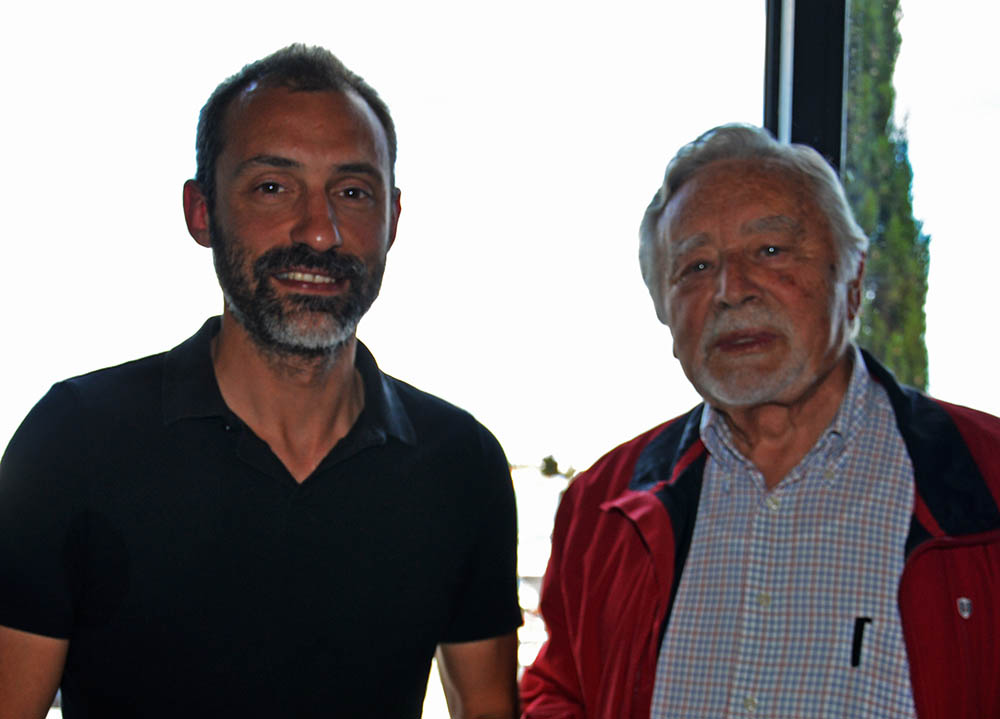
Future dredging in the Arade River estuary, inland navigation channel and in the maneuvering basin, to give more conditions to the cruise port, will have to be preceded and accompanied by archaeological campaigns, so that past mistakes are not repeated.
This was one of the conclusions of the meeting «Os Barcos do Arade…48 years later», which took place on Saturday at the Faina restaurant, at the Museu de Portimão, with the guest of Helder Mendes, former RTP director and diver, one of the people who, in 70s, discovered the famous «Viking boat», still shrouded in mystery today.
Helder Mendes, now 86 years old, was the director, in the 60s, of the documentary series «Segredos do Mar», on RTP, which filled a gap in the dissemination of knowledge of the sea, addressing three main themes: marine biology, fishing professional and underwater activities.
And it was thanks to this series and to the fact that he was a diver that Helder Mendes came across the archaeological remains of the Arade boats, in the 70s, uncovered by the dredging that was taking place at the time, to deepen the ships' rotation basin.
In a lecture lasting about 45 minutes, accompanied by images from the period, namely the drawings made at the time, Helder Mendes recalled that, despite his efforts, when nothing was done to deepen the investigation into the various boats discovered in the sands and mud at the bottom from the river, "I suffered because of the opportunity that was lost to make a contribution to our naval history."
Many of the remains were lost or destroyed by dredging, but also when 'the sand wall of the slope of the maneuvering basin was crumbling and the boats were no longer stuck in the sand and protected by four or five meters of mud, and they were at the mercy of the anchors of the boats on the surface, which started to break them». Part of the remains was found on land, in the dredged deposit areas. Many of the pieces found over decades in the deposited sands are now in the collections of museums, such as the one in Portimão, or in the hands of private individuals.
After the archaeological prospection work carried out between 1998 and 2000 by the Oceanic Studies Group (GEO), in the final section of the Arade (between the pier and the mouth), the first systematic underwater archaeological campaigns in the estuary took place in the early 2000s ( 2001, 2002, 2004 and 2005), captained by Francisco Alves, who was then responsible for the National Center for Nautical and Underwater Archeology (CNANS).
But it was only four summer periods and then the investigation stopped again. One of the main victories One of these campaigns was the relocation of vessel remains and numerous artefacts, which had been discovered during the dredging works of the estuary in 1970 and 1982.
Even so, at Saturday's get-together, Helder Mendes, who dived and saw these remains in the 70s, told how, in 2001, he had to help underwater archaeologist Francisco Alves rediscover the location of one of the ships then found at the bottom of the Arade, the one that would become the famous Arade1.
Later, two of the underwater archaeologists who collaborated in these CNANS campaigns – Cristóvão Fonseca and José Bettencourt – returned to Arade, with a project from the Humanities Center (CHAM) – Interuniversity Research Unit of the Faculty of Social and Human Sciences of the Universidade Nova de Lisbon, in 2012 and in 2016, for short interventions that were directed "only to what was on the surface".
During this month of June, Cristóvão Fonseca and José Bettencourt are again in Arade, but for an underwater excavation campaign, which has the financial support of several entities, namely the Grupo dos Amigos do Museu de Portimão, which organized the Saturday get-together. Cristóvão Fonseca was also one of the guests at the get-together, where he spoke about “the boats of Arade 48 years later…and in the future”.
The underwater archaeologist began by remembering that, in the Arade estuary and its mouth, "there is still a lot to know and a lot to investigate". «It was only with the dredging of 1970 that we began to have a perception of the archaeological wealth» of the area, but investigations began much later, almost thirty years later.
The campaign this month of June is intended, he explained, to "intervene in places that are already known and obtain more concrete data on these contexts."
The wealth of Arade, a natural port for millennia, resides in its "long diachrony", with archaeological remains "from the Iron Age to the present day", through the countless "Roman amphorae", "Islamic vestiges", or even the such a ship with a “broken hull”, attributed to the Vikings, but never studied in its entirety. The fact that the estuary was used as a “scholarship” and was also the scene of shipwrecks justifies this profusion of testimonies, preserved over the centuries in the anaerobic environment (without oxygen) of silt and sand sediments.
And in the future? Cristóvão Fonseca admitted that the dredging of the channel and the rotation basin at the Portimão cruise port will be “an added value for the region”. However, he warned, "it will be very important" that, "contrary to what happened in the 70s", we investigate before proceeding with these works, which were always destructive. "Today we have the ability to do it differently," he defended. "More than capacity, we have an obligation!" commented one of the people who completely filled the room where the gathering took place.
The archaeologist added that, according to the law, "what is known must be safeguarded", so the dredging plan will have to "take this into account".
On the other hand, if there is a scientific project in progress, “they will have to articulate with us”. “We may not be the one to carry out the necessary archaeological and safeguard work, as this includes commercial aspects that have nothing to do with us, but there will have to be measures to minimize the impact of these dredgings”.
The truth is that it is not known when the dredging in Arade will advance. The Minister of the Sea announced them in December 2016, when the Installation Committee of the new entity «Portos do Algarve» was set up, but so far and as far as is officially known, neither the dredging nor the new entity have advanced.
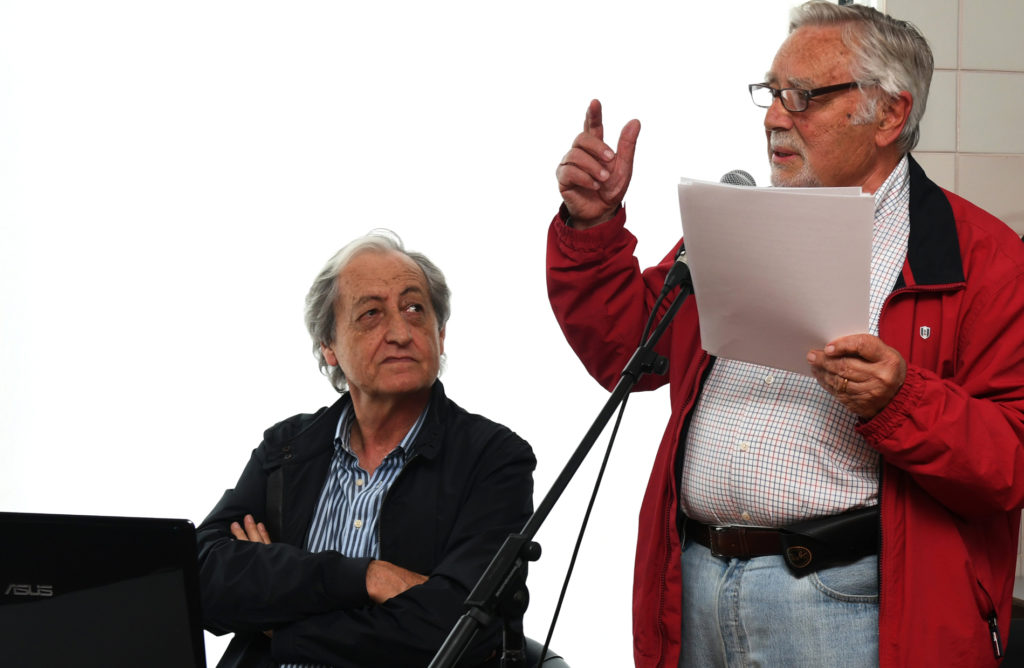
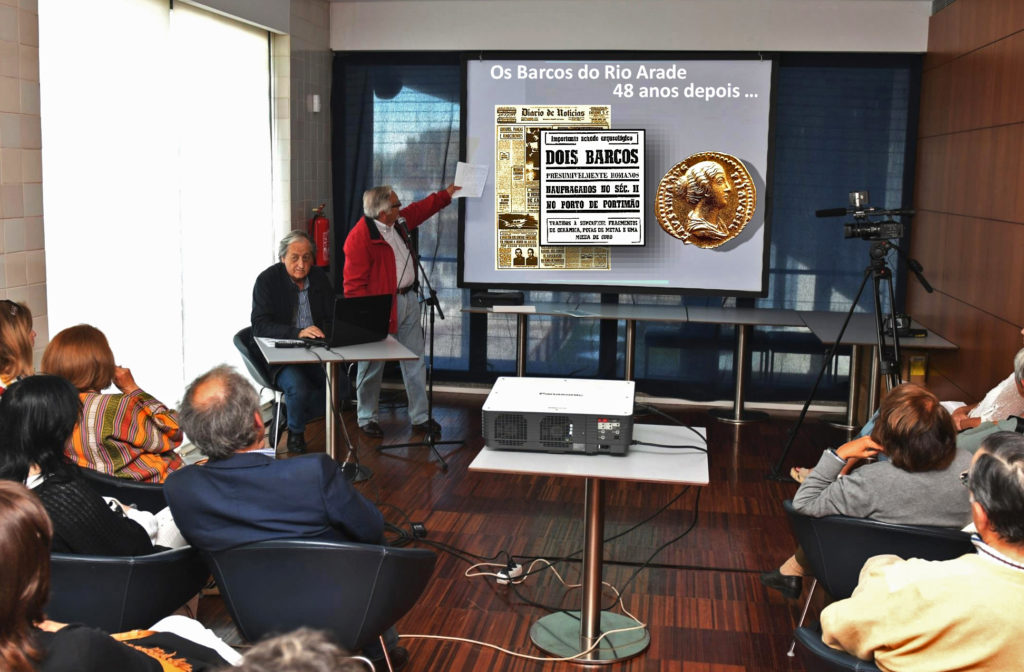
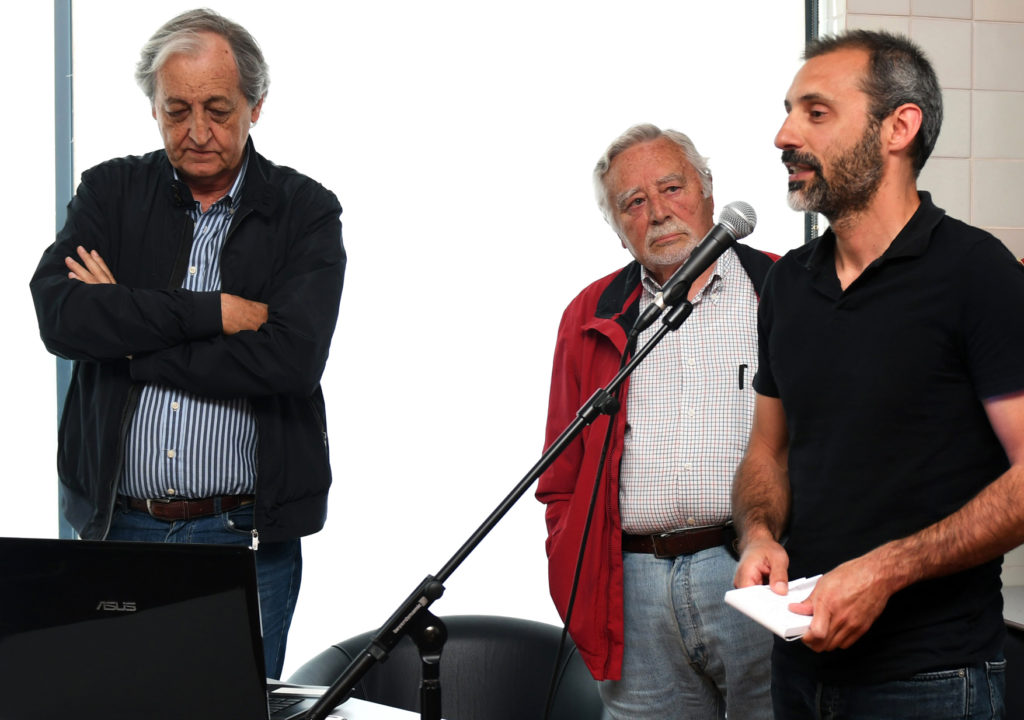
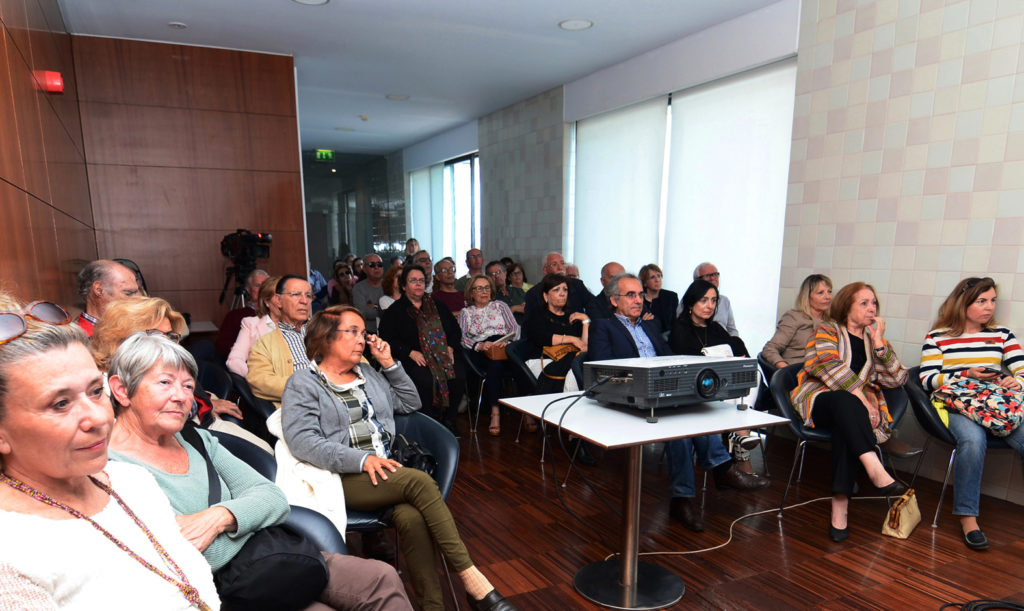
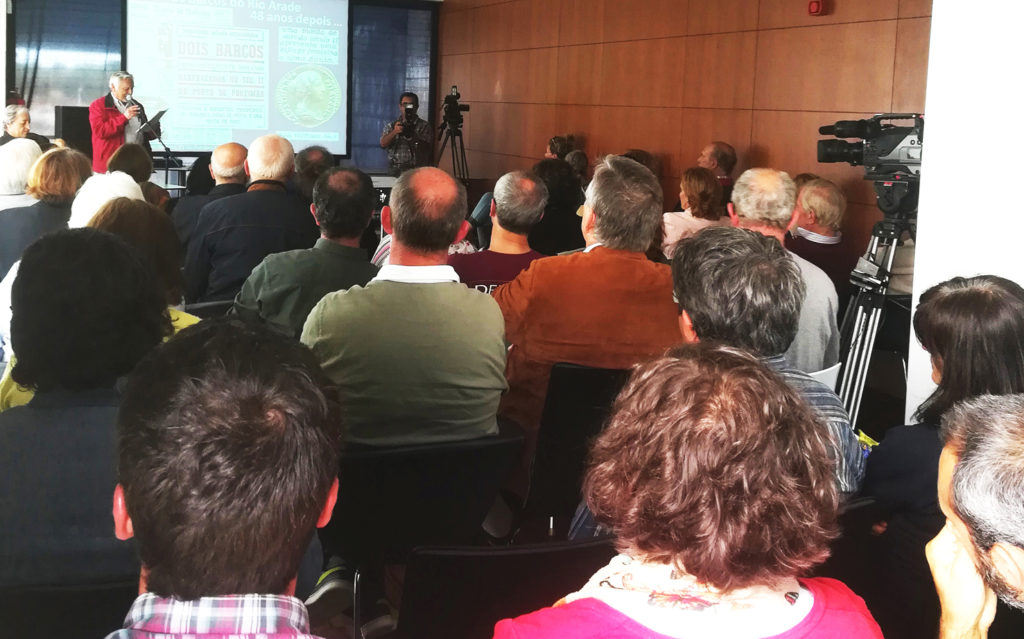
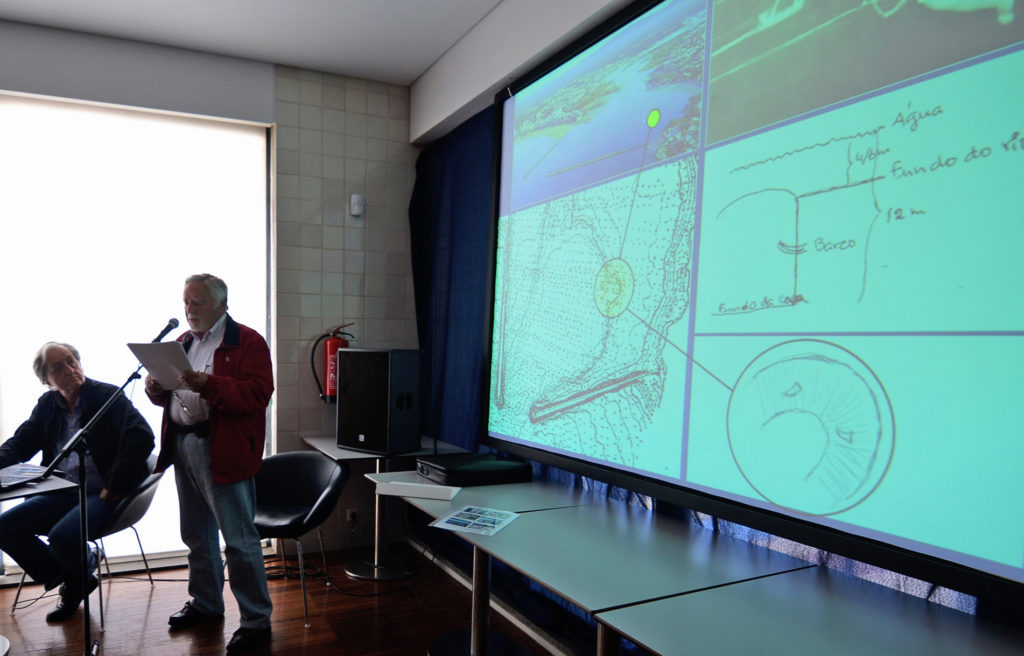


















Comments